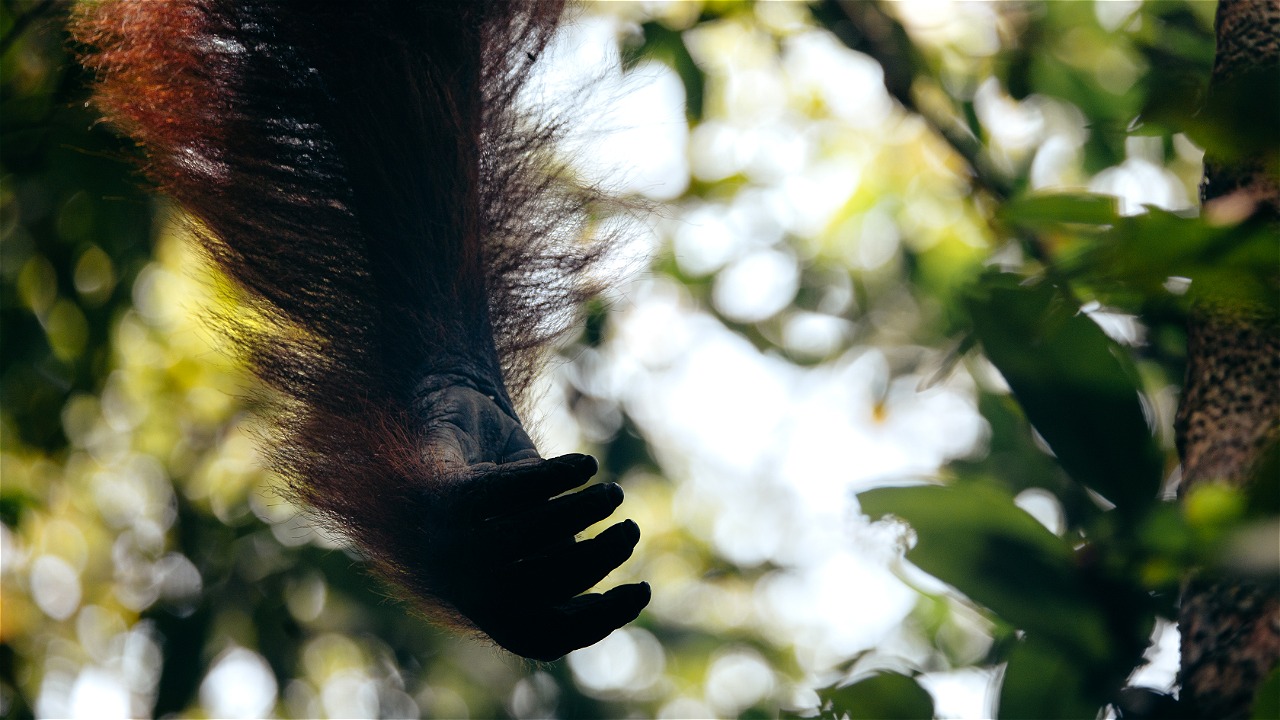FULL DISCERNMENT WITH PANDA CLICK! - ACADEMIC REVIEW (PART 2)
It should be underlined that having a camera and a photo does not mean that the meaning of existence will immediately appear very well. In photography-style interpretation, according to Roland Barthes (in Image, Music, Text: 1977), there are three important elements that cannot be eliminated. First,The meaning produced by the operator or the photographer. Second,The meaning conceived by the Spectrum or object being photographed. Third,The meaning that arises from the Spectator or Viewer - who sees the photo. From the intertwining of these three elements, a complete meaning will be born, and each element has a separate but interconnected contemplation of meaning.
The initial stage of meaning is born from the photographer. Andre Kertesz's phrase can represent this: the camera used basically represents the eyes of the person taking the picture, and undoubtedly reality or knowledge is subjective (Carole Kismaric, Andre Kertesz: 1993). Therefore, a decent photograph, just like a work (writing, music, painting, etc.) is not born from a void of meaning -denotation or connotation. There are things that make a photographer choose what objects to photograph.
Simply put, when someone takes a picture, the choice of what to photograph will not be separated from the cultural construction (mindset). It is done consciously or unconsciously - referring to Sigmund Freud's psychoanalysis that a work can be produced through conscious action (ego) or in the "unconscious that arises in consciousness" (id). For example, in full consciousness, one can be unaware that one is tapping one's foot while listening to a song. The construction is a reading of the event, which is intuitive and immediate. The photographer's choice will ultimately be determined by the photographer's social and life situation: it is an argument, an experience, a way of explaining the world.
Therefore, the meaning born in the initial stage is the subjectivity of the photographer. The better the photographer realizes his/her existence as a photographer, the better the photos can be displayed. He will understand what social constructions, what cultural sides, what situations, what moments have high value to be recorded, so that his photographing efforts are able to display the right meaning about his existence. Arguably, this stage is the most important stage in determining the meaning of the existence of someone or something.
In the initial process of Panda CLICK!, the awareness of Panda CLICK! participants that they are Photographers-Capable-of-Giving-Meaning-to-their-Existence is still very minimal. It is not a short matter to change the perspective of a fisherman who sees fish as a source of income to fish as a story of self; changing the perspective from "part of the story" to "storyteller". Generally, when a participant attends a traditional wedding party, he or she will position himself or herself only as an invited guest or the bride's family. The choice of "self-positioning" just happens -unconsciously- because of the frequency of habituation. The resulting photo is ultimately the point of view of an invited guest or the bride's family. If he is an invited guest, the one photographed is the bride or the organizer of the celebration. If it is the bride's family, the one photographed is the invited guest. In fact, maximizing self-reflection is not just about photographing the "surface". There is a substance that should be raised, from which the meaning of existence will be highlighted. Rio Pangestu, Miloh, Jet, and Edi, Panda CLICK!! participants from Batang Lupar Sub-district, Kapuas Hulu showed photos that can contribute to the meaning of existence: photos of Iban cultural activities. There were photos of chopstick competitions, weaving, weaving, hunting with dogs, gawai (harvest party), and others.< br />
Perhaps, the photos do not show the full story of the culture of the Iban people of Batang Lupar, but at least, the photographers have entered the storytelling stage. They want to tell that there are Iban traditional activities that are still carried out today, that the Iban people are proud of their Iban-ness. If this awareness of storytelling increases, the meaning of the existence of the Batang Lupar community can take place optimally.
The second stage of meaning emerges from photographs. It is necessary to distinguish between objects and photographs: objects are context and photographs are language. The object already exists while the photograph is the language that conveys the existence of 'existence'. Then, in a photograph there is studium and punctum. Studium is a general impression, which will decide what a viewer decides a photograph is; political or historical, beautiful or not, and in an instant cause a reaction of liking or disliking in the viewer. It is like a shopaholic who falls in love with an outfit at first sight and keeps thinking about it for days if not bought. Meanwhile, punctum is a detailed fact in a photo that attracts and demands the viewer's attention, ultimately bringing out the viewer's critical side. The shape of a female orangutan's cheeks in a full orangutan portrait or the details of an Iban tattoo motif in a portrait of an Iban family breaking down a tengkawang are part of this punctum.
Studium and punctum,these two things are general concepts that guide the interpretation of a photograph. This means that a photo that is able to display the full meaning is one that contains these two things.
The meaning of the existence of a society requires photographs that have the value of self-existence. If you want to tell the whole story, it means that photos must have social, cultural, political, environmental constructions, and various things related to the existence of the community. In addition, to support this, a photographer must master the theory of shooting: composition, moment, lighting, angle, etc., so that photos can be maximized as a language. A photo of an indigenous dancer with her head cropped will certainly not tell the story as well as a photo that shows the dancer in full.
Finally, the meaning made by the viewer. Formulating the meaning that the viewer will find cannot be based on the photographer and the photo. A photograph has no frozen meaning. A photograph, although it can be considered as a representation of the photographer's eyes, the photographer's subjectivity, allows the birth of other subjectivities. The same view, the same object, is not a guarantee of the same meaning. The photograph is in the versatility of the viewer's interpretation.
So how can the viewer participate in giving meaning to the existence of something while on the other hand the interpretation of the photo is very likely to be different? A photo of a wedding money delivery can display various interpretations: the culture of delivery, the amount of money that must be spent on the delivery, expensive or cheap wedding, and various kinds. A photo of a child playing with fish will also lead to various interpretations: children from Sebangau, children and fish, children's activities, fish as economic potential, and so on. These interpretations can revolve around the context of the photo or even go too far.
For this reason, in maximizing the meaning of existence, the meaning that emerges from the stages of Photographer, Photo, and Viewer, must have a clear connection, like a book where one chapter and another chapter have connections. The connectivity eventually gives rise to an overall theme. Broadly speaking, the connectivity gives rise to a complete interpretation. Therefore, the viewer must understand well the concept of the photographer's subjectivity and the meaning that emerges from his or her photos. It would be too far-fetched to interpret a photo of abundant fish in a canoe as a canoe and the problem of river lanes.





